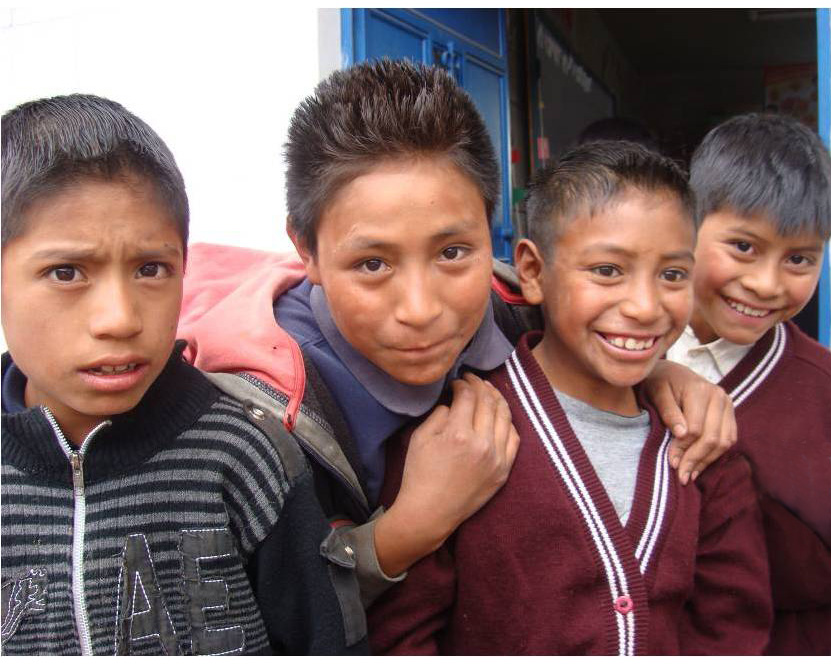

Combating child malnutrition in Guatemala

The picture of children’s health in Guatemala is bleak. With just 14 million inhabitants, the country has the sorry distinction of leading Latin America in the prevalence of child malnutrition, a condition that affects nearly half of Guatemalan children under the age of five.
The situation is even more dire in the southwest department of Totonicapán, where chronic malnutrition affects three out of every four youngsters, particularly indigenous children, impacting their learning, and stunting their physical and intellectual development.
To tackle this threat, the MDG Achievement Fund is targeting Totonicapán with an innovative approach, creating school vegetable gardens as laboratories for children to learn about food, nutrition, agriculture, the environment and recycling.
"They are very enthusiastic and excited,” said Julio Tax, director of the Chirijcajá school in San Cristóbal, where the first garden was planted this summer. “We are incorporating lessons from the garden into our teaching to provide the children with a better education."
So far, 40 school gardens have been created through the joint United Nations effort, a collaboration with the government to help Guatemala achieve the Millennium Development Goals of sharply reducing poverty and child mortality and improving maternal health by the year 2015.
The goal of the project is to build a total of 300 school gardens by the end of the year. The joint programme is also training local health and nutrition workers to teach families the importance of good eating habits, to monitor children’s growth and to advise pregnant women so as to reduce complications at birth.
Mary Vincent has spent the last year helping to combat malnutrition in her village of Palomora by providing families with demonstrations on how to use vegetables grown in home gardens that have been created with MDG-F support.
"We’ve developed recipes to help families prepare nutritious food for their children and to avoid junk food such as candy," she said, adding that she tries to inspire people to take advantage the few resources they have.
Cecilia Morales, another village health worker, makes home visits and cares for mothers and malnourished children, emphasizing the need to focus on good nutrition for the youngest children. She says that attitudes about nutrition have slowly been changing: “Now women are buying vegetables and healthy drinks instead of soda.”
The programme, “Alliances to improve the situation of Children, Food security and Nutrition,” is also focused on boosting households’ ability to produce food for consumption and sale, and on helping develop national policies to promote better health and nutrition for the population. Its “Healthy Schools” initiative has benefitted 8,000 children and 300 teachers.
The joint programme is implemented by UNICEF, UNFPA, FAO, WFP and UNOPS. It is one of five funded by the MDG-F in Guatemala, and is part of the MDG-F’s effort to ensure that the poorest and most marginalized people share equally in development gains worldwide.